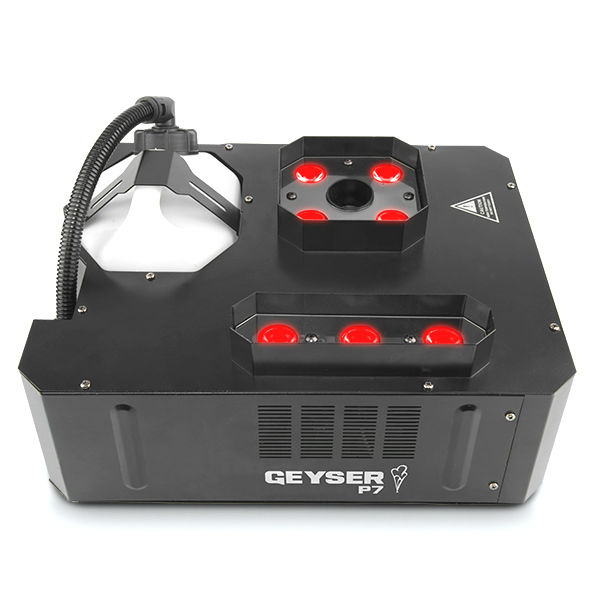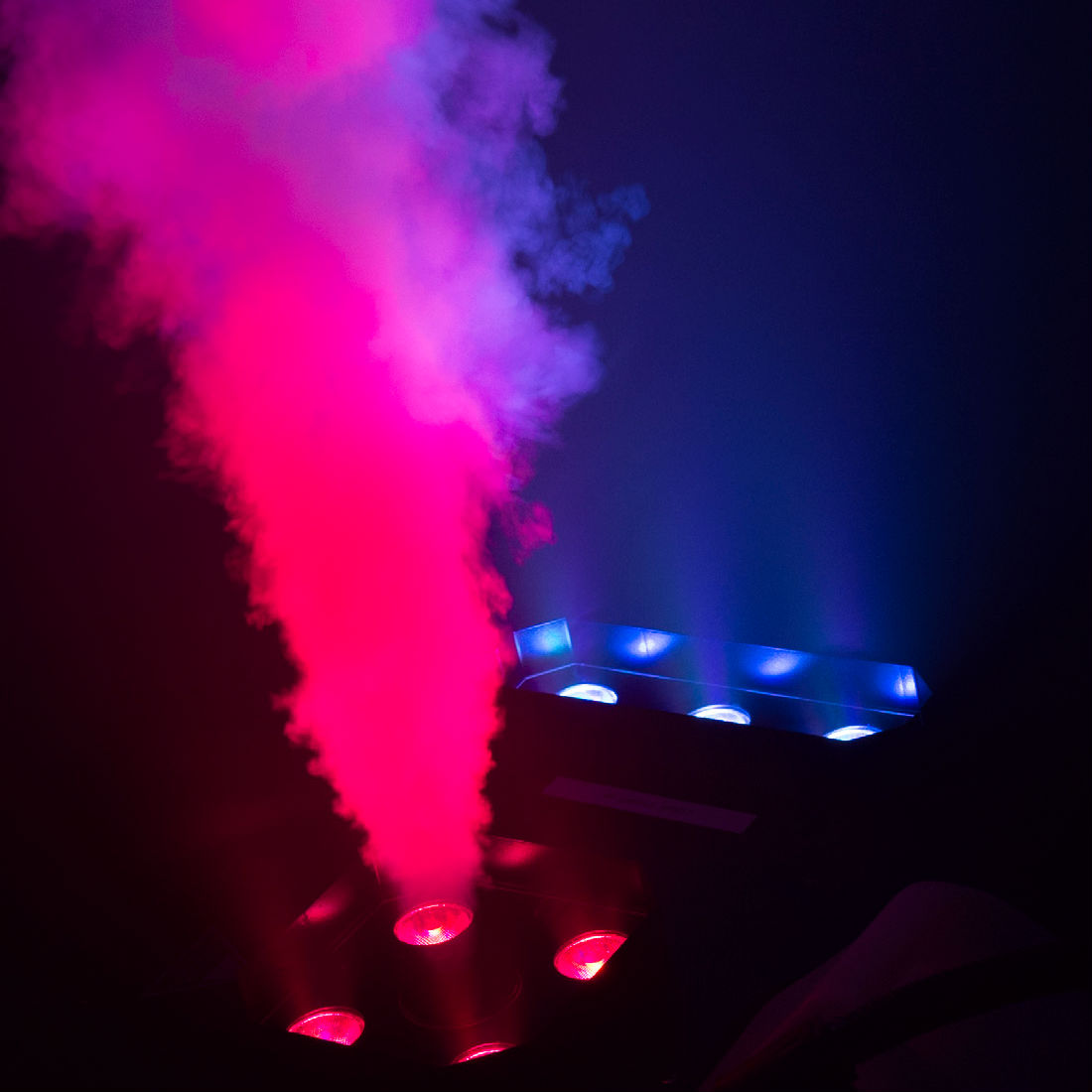Flash Gun Troubleshooting & Repair
One of the first gadgets that Theatre Effects manufactured, the Electronic Flash Gun, remains one of our top-selling items and one of my favorites. It's not hard to understand why, either. The Flash Gun is a beautifully simple device that creates a visually stunning effect. Although the instructions for use are pretty clear, I'd like to offer a few hints to help you when things don't work as planned.
Sometimes we hear from first-time users of the Flash Gun that the flash paper is being ejected from the barrel without igniting. Nothing's more embarrassing that setting up an effect, only to have a wadded-up piece of paper flop onto the stage floor. Using too much flash cotton is the typical cause of this sort of misfire.
Many people mistakenly assume that the flash cotton acts as a "lift charge" to shoot the paper out of the barrel of the gun, but this is not the case! The flash paper is propelled from the barrel by the gasses that build up as the paper itself starts to burn. Flash cotton is only used as a primer to get the paper to ignite faster. Too much cotton will shoot the paper out of the barrel before it's had time to ignite, resulting in a "dud" shot.
So, how much cotton should you be using? The answer is "as little as possible, yet enough to cover the glo-plug coil at the bottom of the barrel." A piece of cotton the size of a frozen pea should work fine; however, you'll find that the best way to determine how much cotton you need is through practice. If at all possible, you should order your effects in time to allow several rehearsals before your performance. Not only will this help you determine the best load for your effect, but it will also make you (or your performers) more comfortable with the device, creating a better overall performance.
Another comment we occasionally get from users is that they can't get the device to fire consistently, or at all. There are a few possible causes of this problem, but the most common is a weak or dead battery. I can't stress enough the importance of using a fresh battery for every performance. Some people balk at using a brand-new battery for every show, but I think it's worth the expense. Think about how much an AA battery costs you; now think about the cost to your show should your effect not work perfectly. I think you'll agree that it's worth the cost of a battery to guarantee a good show. I'm not suggesting that you throw out that battery; use it in your camera, GameBoy(tm) or in your Walkman(tm), just don't use it in the Flash Gun again.
Another possibility when the device refuses to fire is that the glo-plug has had it and needs to be replaced. (Although a glo-plug will last you a good, long time, it won't last forever. Always keep a spare on hand.)
Replacing a glo-plug is not at all difficult. First, find a comfortable place to work and spread out a dark-colored towel -- you'll see why in a moment. Pull off the power connector at the rear of the barrel being careful not to lose the small white washer on the glo-plug -- this is where the dark-colored towel comes in handy! That washer is necessary for the operation of the Flash Gun but if you lose it, don't worry, there's a new one in the package of every replacement glo-plug. Carefully remove the washer and set it aside. If this is the first time you've removed the glo-plug from this device, it will be very reluctant to come out. The method I've found that works best is to grasp the barrel of the gun with a pair of pliers, and the glo-plug with another pair of pliers or a socket wrench. Once you've removed the glo-plug, simply screw in the new plug, replace the white washer and re-connect the power connector. Put a fresh battery in the device and (making sure it's not loaded first) look into the barrel of the gun. With the red button depressed, you should see the glo-plug glowing brightly. This is the sign of a happy device ready to provide you with more spectacular effects!
Finally, we do occasionally hear about problems that turn out to be the result of damp flash cotton or paper. These products are shipped wet for safety, and they must be allowed to dry completely before they'll work. I mean absolutely dry. Bone dry. Dry as the desert. You know . . . dry. You may be tempted to fire up your Flash Gun while your flash paper still has just a hint of dampness, but resist!! A few more hours will make all the difference!
The vast majority of our customers do not experience any problems at all with our Flash Guns, and now you're certain to be among them since, after reading this article, I now certify you "flash gun savvy." Fire away with confidence! (This does not exonerate you from the need to practice. There's no Get Out Of Practice Free cards given away here.)
[After this went to press, a customer reminded us that we'd left out one thing - that after multiple uses, flash paper residue can build up on the inside of the barrel, reducing the travel distance. This can be resolved by removing the glo-plug and cleaning the inside of the barrel with a stiff brush, or with a cotton swab dipped in acetone or nail polish remover. Thanks to Jerry West for noticing this omission.]
*********************************************
Theatre Effects Customer Service Department
service@theatrefx.com
www.theatrefx.com
Theatre Effects, 1810 Airport Exchange Blvd. #400, Erlanger, KY 41018
Phone: 1-800-791-7646 or 513-772-7646 Fax: 513-772-3579









